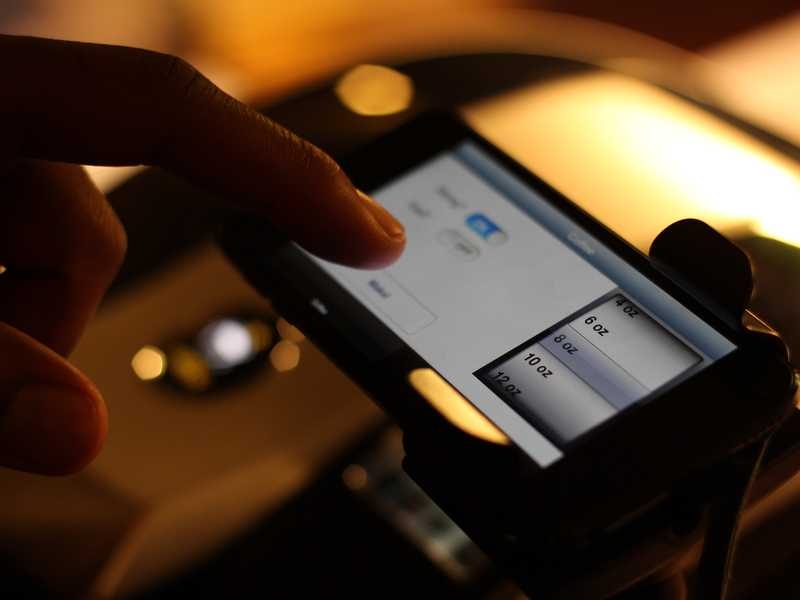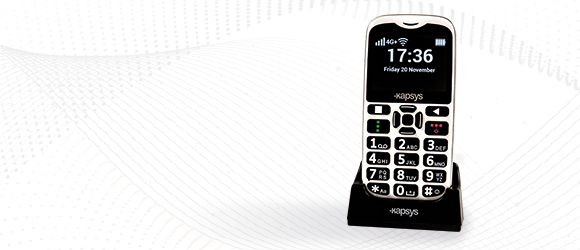Mobility Aids for Visually Impaired Users: Navigating the World with Confidence
Mobility Aids for Visually Impaired Users: Navigating the World with Confidence
Blog Article
Discover Innovative Tools Designed for the Aesthetically Damaged
The advancement of ingenious devices for the aesthetically impaired represents a considerable development in availability and independence. Technologies such as wise glasses with AI abilities and mobile applications created to provide acoustic summaries are improving everyday experiences for customers. In addition, wearable gadgets that utilize haptic feedback boost environmental awareness, while modern Braille innovations supply new methods to engage with text. As these devices remain to evolve, their influence on the lives of those with visual impairments elevates crucial questions concerning the future of inclusivity and freedom in various elements of life. What lies in advance in this technical landscape?
Smart Glasses for Navigation

Smart glasses created for navigation are revolutionizing the way aesthetically impaired individuals engage with their environment. These sophisticated tools make use of a mix of camera modern technology, expert system, and acoustic feedback to provide real-time information about environments. By employing obstacle detection systems, smart glasses can inform users to prospective dangers, enabling much safer flexibility in both unknown and familiar setups.
The combination of GPS modern technology better boosts navigation capacities, enabling users to obtain auditory directions as they move. This hands-free technique not just promotes freedom yet also encourages visually impaired individuals to browse urban landscapes with boosted confidence. Additionally, numerous wise glasses are equipped with functions that determine sites and road indicators, giving contextual info that boosts the user experience.
Additionally, the development of these tools is constantly progressing, with firms working to boost the precision of object recognition and broaden the array of navigational features. As smart glasses end up being much more accessible and economical, they hold the prospective to substantially transform life for aesthetically impaired users. Inevitably, these cutting-edge tools represent a critical step toward inclusivity, offering boosted flexibility and a greater sense of freedom for people browsing the world around them.

Mobile Apps for Daily Living
Just how can mobile applications improve the every day lives of aesthetically impaired people? Mobile apps are reinventing the method visually impaired customers browse their settings, take care of everyday jobs, and accessibility info. These applications supply crucial support via numerous capabilities, promoting self-reliance and improving quality of life.
Several ingenious mobile applications are developed specifically for daily living. Apps like Be My Eyes attach aesthetically impaired users with sighted volunteers via video clip telephone calls, permitting them to obtain real-time assistance with tasks such as reading labels or navigating unknown rooms. Similarly, Seeing AI, established by Microsoft, makes use of man-made intelligence to explain environments, read message, and recognize objects, efficiently changing a smartphone right into an effective device for day-to-day support.
Furthermore, navigation applications customized for the visually impaired, such as Aira and BlindSquare, offer audio-based instructions and environmental information, enabling customers to traverse their environments securely and confidently. Past navigation and prompt help, mobile applications additionally support organization and job management, with functions that help customers set reminders, develop to-do listings, and track appointments. In summary, mobile applications serve as indispensable resources, empowering visually damaged individuals to lead even more independent and fulfilling lives.
Wearable Technologies for Aid
Empowerment through innovation is increasingly noticeable in the realm of wearable tools created to assist visually impaired individuals. These ingenious devices integrate effortlessly into day-to-day live, boosting navigating and supplying vital feedback to individuals. Smart glasses furnished with video cameras can read and acknowledge faces text aloud, enabling customers to engage even more with confidence in professional and social setups.
An additional notable improvement is the usage of haptic responses systems in wearable devices. These systems use resonances or various other tactile signals to share information regarding the individual's atmosphere, such as barriers or adjustments in surface, improving wheelchair and safety and security. Wearable innovations likewise consist of wristbands that link to smart devices, signaling individuals to alerts via refined resonances, hence boosting connection without reliance on aesthetic signs.
As these innovations remain to evolve, they are not only boosting self-reliance for aesthetically impaired people yet additionally cultivating a better feeling of incorporation in culture. By linking the void in between difficulties faced in daily living and the capacity for freedom, wearable innovations serve as critical tools in the quest for equal rights and empowerment for those with aesthetic impairments.
Sound Description Devices
Sound summary tools play an essential function in enhancing access for visually damaged people, supplying them with the capability to engage with aesthetic media. Voice-activated assistive devices. These tools offer narrated summaries of crucial visual components in movies, tv shows, and live efficiencies, guaranteeing that users can completely comprehend the context and feelings shared via visuals
Audio description can be integrated right into various platforms, consisting of streaming services, movie theater screenings, and live cinema. Many prominent streaming services currently consist of audio description as an ease of access attribute, allowing visitors to choose it easily. Along with conventional media, specialized apps likewise exist, giving audio descriptions for art events, museums, and other social events.
The efficiency of audio summary pivots on the ability of the narrators, who must communicate aesthetic information succinctly without diminishing the original audio. Innovations in this field are likewise leading the way for more customized experiences, where customers can adjust the level of detail and pacing try these out according to their choices.
Braille Innovations and Tools
Braille gadgets and innovations have actually significantly changed the method visually damaged individuals connect best prescription sunglasses with text and details. Modern improvements have brought about the advancement of versatile devices that enhance proficiency and independence among users. Especially, Braille present innovations have progressed, allowing for dynamic analysis experiences. These gadgets transform digital message right into Braille, allowing customers to access a huge array of details on computers, tablet computers, and smartphones.
Furthermore, mobile Braille notetakers incorporate conventional Braille input with modern-day capabilities, helping with note-taking, organizing, and record editing and enhancing on the go. Voice-activated assistive devices. These portable tools often feature text-to-speech capabilities, bridging the gap in between Braille and auditory information
Furthermore, innovative Braille printers have arised, permitting customers to create Braille labels, documents, and instructional products effectively. This availability promotes greater participation in instructional and specialist atmospheres, ultimately promoting inclusivity.
Furthermore, study right into wise Braille technologies proceeds to increase. Gadgets that incorporate artificial knowledge are being explored to offer real-time navigating help and contextual info, enhancing the customer experience in diverse setups. Generally, these advancements show a dedication to equipping visually damaged individuals via technology, ensuring they can conveniently gain access to and involve with the world around them.

Final Thought
The improvement of ingenious tools for the visually impaired considerably boosts freedom and lifestyle. Smart glasses, mobile applications, wearable technologies, audio summary devices, and Braille advancements collectively empower Extra resources individuals by supplying important navigation aid, ecological understanding, and improved analysis experiences. These modern technologies not only foster higher incorporation yet likewise promote freedom in everyday activities, inevitably adding to a more equitable and easily accessible society for aesthetically damaged individuals. Proceeded advancement in this field holds assurance for more enhancements.
As smart glasses come to be more obtainable and inexpensive, they hold the potential to substantially change daily life for visually impaired customers. Mobile apps are transforming the means visually impaired individuals browse their environments, take care of daily tasks, and accessibility information. Apps like Be My Eyes link aesthetically damaged users with sighted volunteers using video phone calls, permitting them to obtain real-time assistance with tasks such as checking out tags or browsing strange rooms.Additionally, navigation apps customized for the aesthetically damaged, such as Aira and BlindSquare, supply audio-based directions and environmental details, enabling users to traverse their surroundings safely and confidently.The improvement of cutting-edge devices for the aesthetically impaired significantly enhances independence and high quality of life.
Report this page